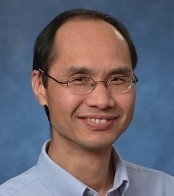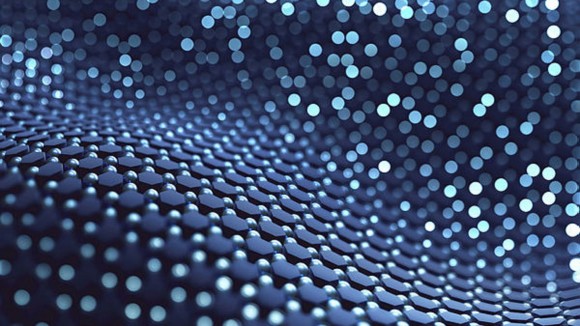Sooyeon Hwang is a Research Staff at the Center for Functio nal Nanomaterials, Broohaven National Laboratory. Her research aims to gain insight into the working mechanisms of energy materials, specifically battery electrodes and catalysts, by utilizing both ex-situ and in-situ transmission electron microscopy. Dr. Hwang has been an Editorial Board Member for Scientific Reports since 2022.
nal Nanomaterials, Broohaven National Laboratory. Her research aims to gain insight into the working mechanisms of energy materials, specifically battery electrodes and catalysts, by utilizing both ex-situ and in-situ transmission electron microscopy. Dr. Hwang has been an Editorial Board Member for Scientific Reports since 2022.
Xiu-Liang Ma is a Professor in the Institute of Physics,  Chinese Academy of Sciences. He also works as a professor in Songshan Lake Materials Laboratory, where he chairs the Bay Area Center for Electron Microscopy. Dr. Ma’s research program covers a broad range of materials science and physics disciplines. The research themes include electron crystallography of quasicrystals and complex compounds, engineering and atomic mapping of ferroelectric topology, interfacial fine structure of quantum materials, and pitting initiation of metals. Prof. Ma has been an Editorial Board Member for Scientific Reports since 2013.
Chinese Academy of Sciences. He also works as a professor in Songshan Lake Materials Laboratory, where he chairs the Bay Area Center for Electron Microscopy. Dr. Ma’s research program covers a broad range of materials science and physics disciplines. The research themes include electron crystallography of quasicrystals and complex compounds, engineering and atomic mapping of ferroelectric topology, interfacial fine structure of quantum materials, and pitting initiation of metals. Prof. Ma has been an Editorial Board Member for Scientific Reports since 2013.
Susheng Tan is a Research Associate Professor at the Department of  Electrical and Computer Engineering, and an Executive Microscopy Scientist at the Gertrude E. & John M. Petersen Institute of NanoScience and Engineering, University of Pittsburgh, USA. His research interest is centred on the structural and chemical characterization of materials from micro-, to nano-, and atomic scale using scanning and transmission electron microscopy, atomic force microscopy, and spectroscopies. Dr Tan has been an Editorial Board Member for Scientific Reports since 2022.
Electrical and Computer Engineering, and an Executive Microscopy Scientist at the Gertrude E. & John M. Petersen Institute of NanoScience and Engineering, University of Pittsburgh, USA. His research interest is centred on the structural and chemical characterization of materials from micro-, to nano-, and atomic scale using scanning and transmission electron microscopy, atomic force microscopy, and spectroscopies. Dr Tan has been an Editorial Board Member for Scientific Reports since 2022.
Hongzhou Zhang is a Full Professor in the School of Physics,  Trinity College Dublin, the University of Dublin. His current research is focused on the synthesis, structures and properties of two-dimensional structures with a specific objective to enable novel nanodevices for next-generation neuromorphic computation. Prof. Zhang has been an Editorial Board Member for Scientific Reports since 2015.
Trinity College Dublin, the University of Dublin. His current research is focused on the synthesis, structures and properties of two-dimensional structures with a specific objective to enable novel nanodevices for next-generation neuromorphic computation. Prof. Zhang has been an Editorial Board Member for Scientific Reports since 2015.

